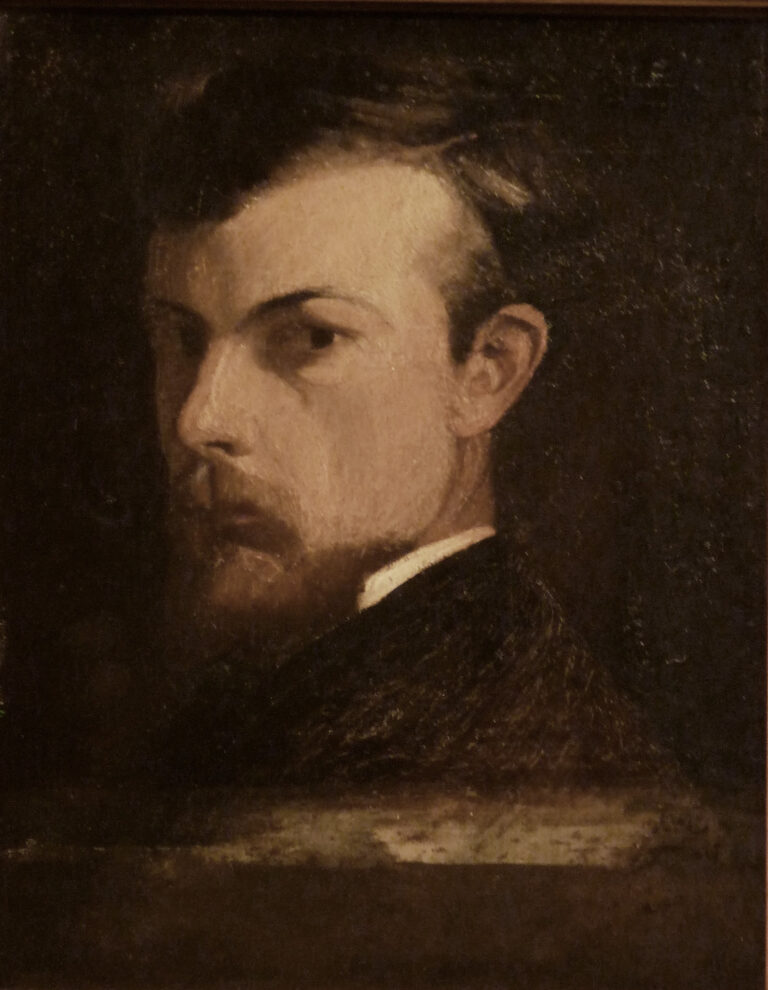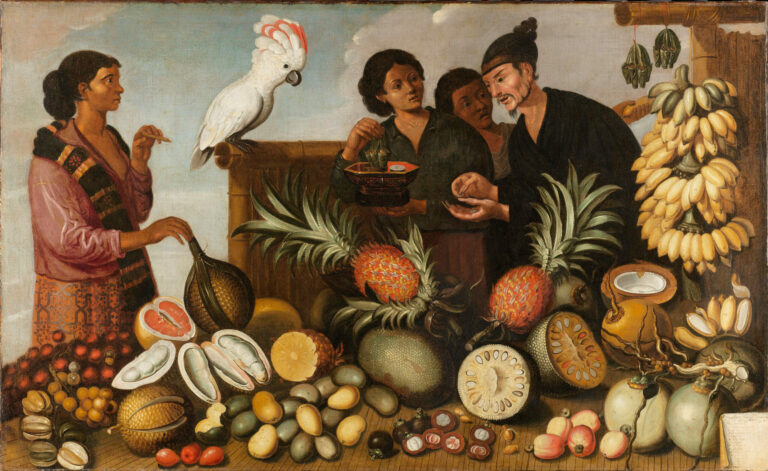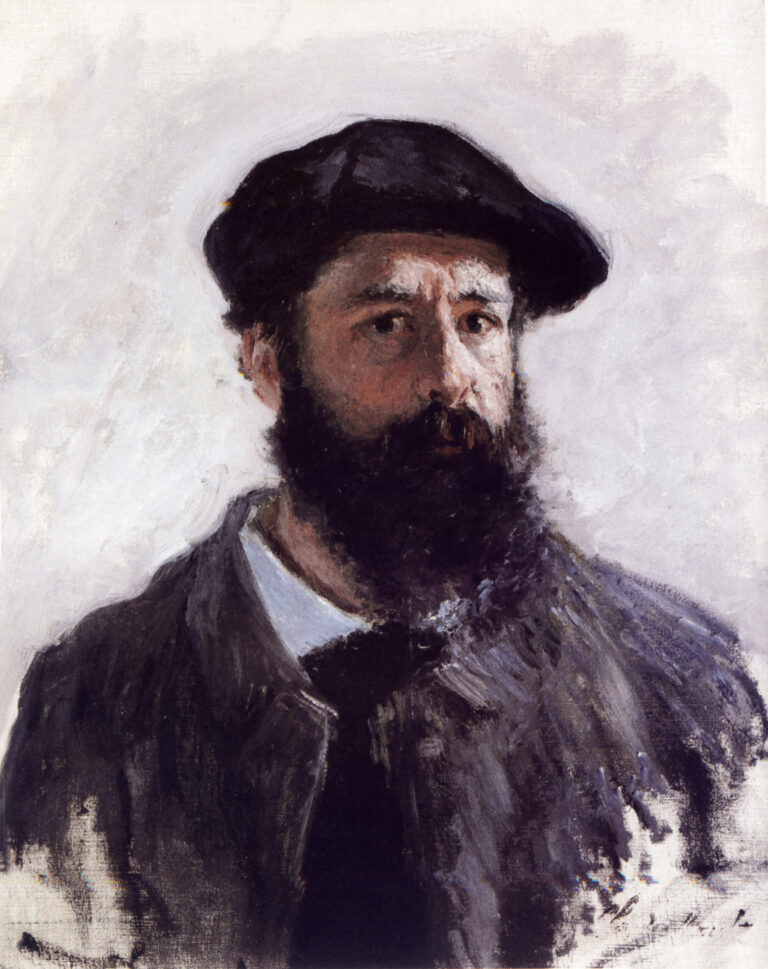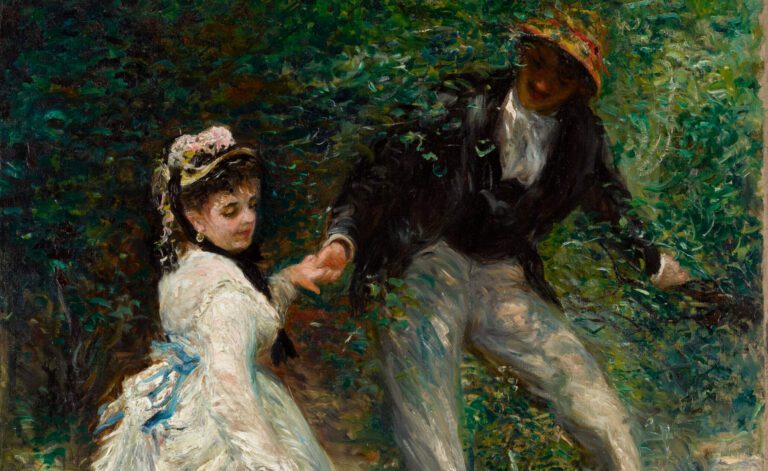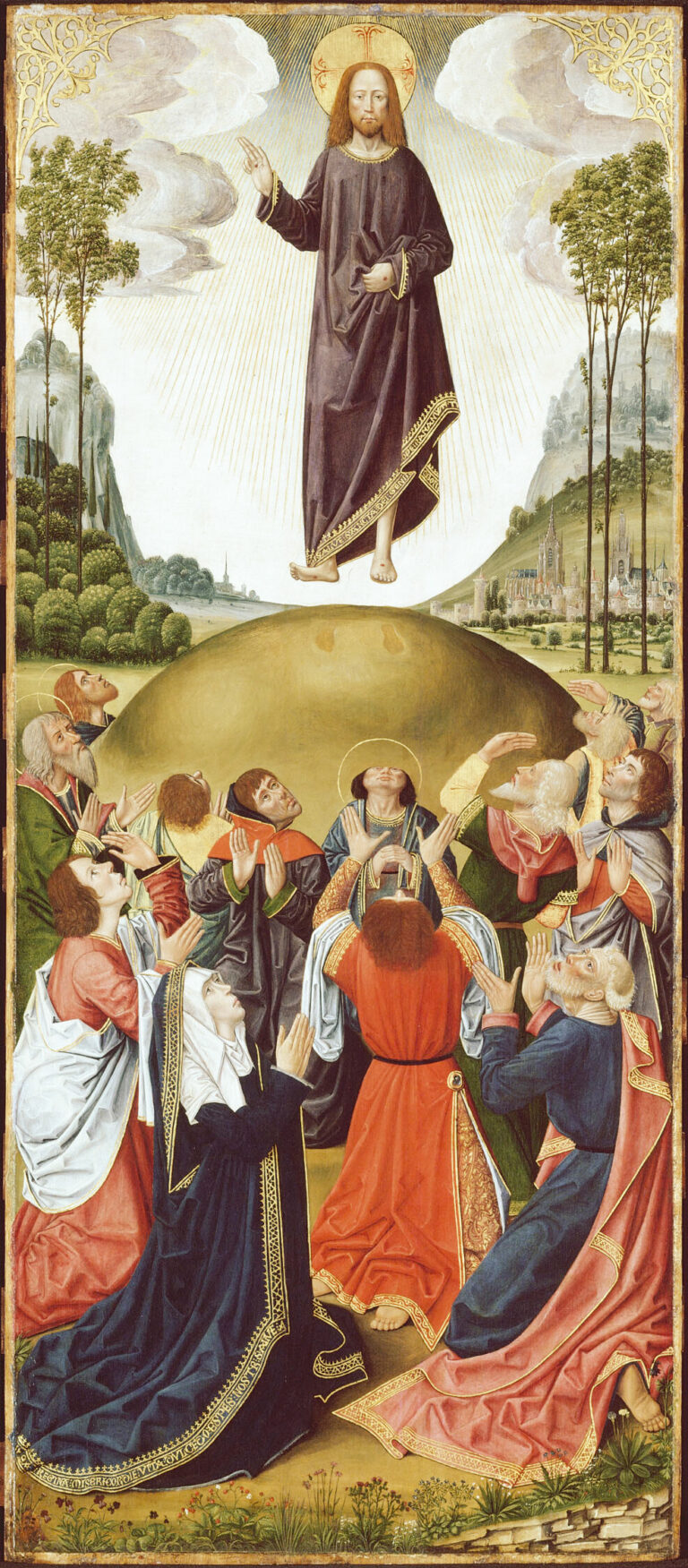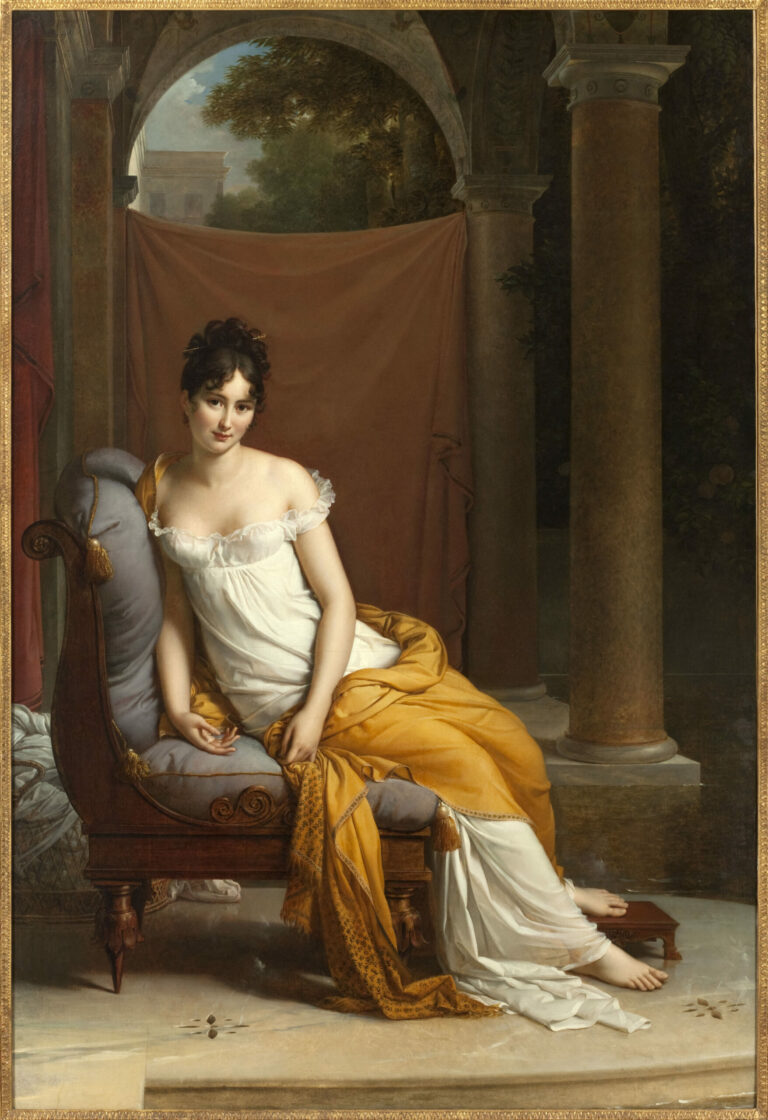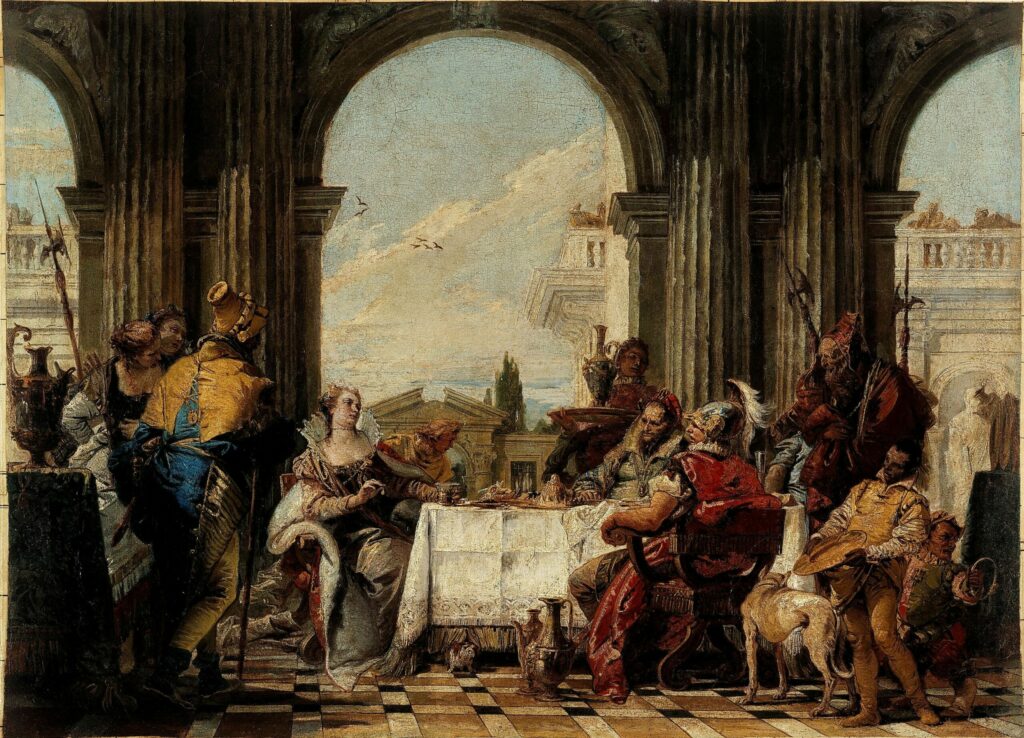
In this theatrical modello, whose original version is preserved at the National Gallery of Victoria in Melbourne, Tiepolo deploys his full genius to stage one of antiquity’s most celebrated banquets.
Beneath a loggia with majestic columns, Cleopatra, dressed in a brilliant gown, prepares to perform her legendary gesture to seduce Mark Antony.
The scene, bathed in golden light, vibrates with a baroque energy characteristic of the Venetian master. The figures, in their sumptuous orientalized costumes, form a chromatic ballet dominated by reds, golds, and deep blues. The painter’s virtuosity manifests in every detail: the checkered floor that structures the space, the silky draperies, the reflections of goldsmith work on the table, and the luminous sky opening between the arches. The relatively reduced format takes nothing away from the monumentality of the scene.
Further Context
- “The Banquet of Cleopatra,” Giambattista Tiepolo, between 1742 and 1743
- 50.5 x 69 cm
- Paris Museums, Cognacq-Jay Museum – 18th Century Taste, exhibited Level 2, Room 6
- https://www.parismuseescollections.paris.fr/fr/musee-cognacq-jay/oeuvres/le-banquet-de-cleopatre
Giambattista Tiepolo (1696-1770) is considered the last great master of Venetian baroque painting. Heir to Veronese, he brought the art of fresco and grand decor to its zenith. His ability to marry baroque splendor with rococo lightness, his incomparable mastery of light, and his fertile imagination made him one of the most distinctive artists of his time. This modello for The Banquet of Cleopatra perfectly illustrates his dazzling technique and his ability to transform historical narratives into enchanting spectacles, where archaeological precision gives way to a poetic and theatricalized vision of history.

